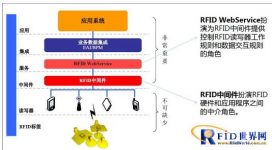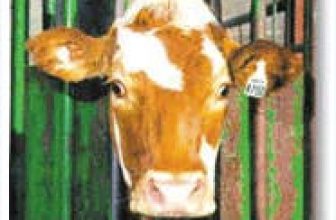
Successful case of RFID animal traceability management system
[ad_1]
1. Current status of animal breeding information management
1. Use livestock cards to manually record animal feeding information
2. Manual recording is low in efficiency and high in error probability
3. Use paper to record animal information, which is not easy to save and time-consuming to query
4. Difficulty in tracing back when a food safety incident occurs
2. System principle
useRFIDThe label is an identification code that establishes a unique ID for the animal, and enters the identity information of the species (such as: type, date of birth, feeding mode, and feed ratio information). The daily data information (such as individuals, feeding status, epidemic prevention information, transportation information, slaughter information) of this species is collected through RFID mobile inspection equipment and uploaded to the database for analysis, forming a complete traceability system.
2.1 System application layer architecture

2.2 System topology diagram

2.3 System Blueprint

3. System advantages
1. Improve the efficiency of recording work and reduce the error rate
2. Accurately provide a complete traceability information record
3. Long data storage period and historical data can be recalled at any time
4. Successful cases
1. Yak breeding management in Aba Prefecture, Sichuan
2. Management of Yunnan Civet Breeding
3. Jiangyin dairy cattle breeding management
[ad_2]





